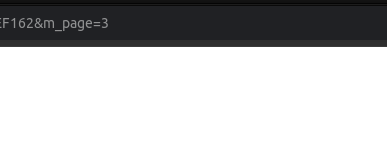At first declare a function handlePageChange()
code:
const handlePageChange = (count) => {
// Update the state of currentPage and filters
setCurrentPage(count);
params.set(‘m_page’, count);
window.history.replaceState({}, ”, `${window.location.pathname}?${params}`);
};
And handlePageChange
code:
<div className=“flex justify-between items-center screen-xs:mx-0 mx-4 p-4 px-8”>
<button
onClick={() => handlePageChange(currentPage – 1)}
disabled={currentPage === 1}
className=“border border-gray-300 px-4 py-2 rounded-md text-sm font-medium text-gray-500 hover:bg-cyan-900 hover:text-white focus:outline-none”
>
Previous
</button>
<div className=“dark:text-black”>
{currentPage}/{Math.ceil(totalItemCount / resourcesPerPage)}
</div>
<button
onClick={() => handlePageChange(currentPage + 1)}
disabled={indexOfLastResource >= totalItemCount}
className=“border border-gray-300 px-4 py-2 rounded-md text-sm font-medium text-gray-500 hover:bg-cyan-900 hover:text-white focus:outline-none”
>
Next
</button>
</div>
by doing this it will be as shown in the url as shown in the screenshot:

if we add the below code in the useeffect than when we reload, it will be comeback in the page where we were standing:
code:
// Check if ‘m_page’ query parameter exists and set currentPage accordingly
const pageParam = parseInt(params.get(‘m_page’));
if (!isNaN(pageParam)) {
setCurrentPage(pageParam);
}